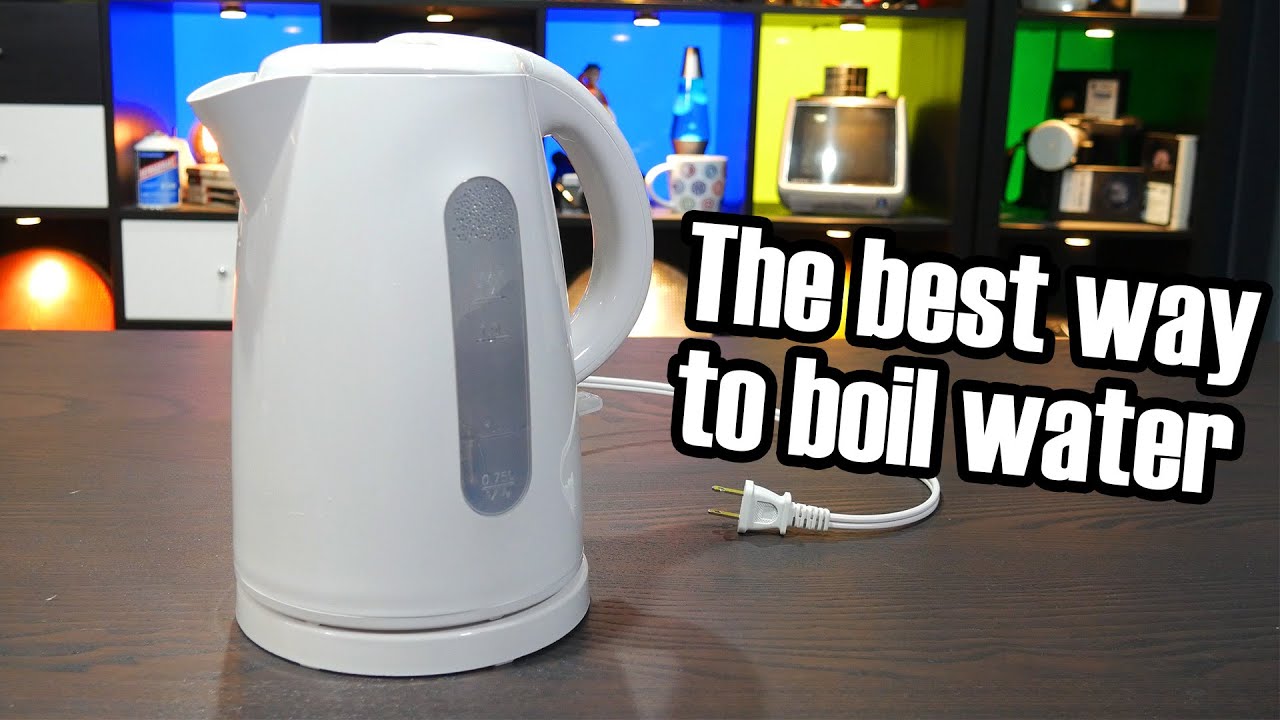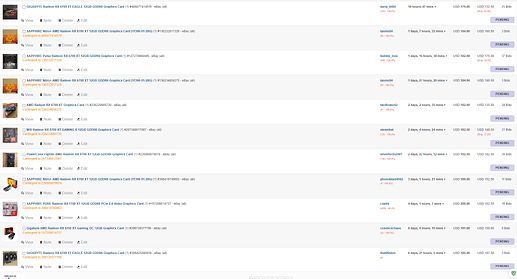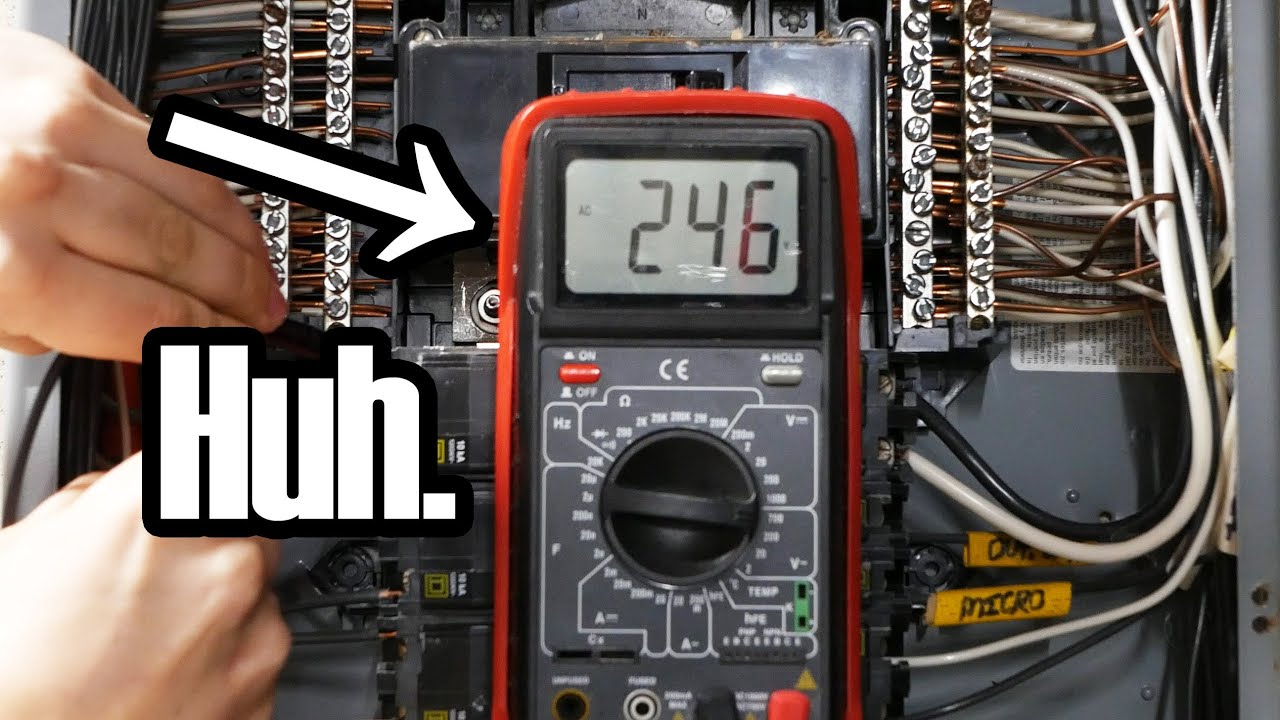20 amps 120 volts single phase, 2400 watts maximum.
10 amps 240 volts single phase, 2400 watts maximum.
20 amps 240 volts single phase, 4800 watts maximum.
See how that works? Double the volts, and the amperage is cut in half for a given number of watts. This is not magic. Ohm’s Law.
1800 watts is the maximum for a 15 amp circuit. Kitchens are wired at 20 amps, therefore, 2400 watts. The rest of the house is 15 amps. Unless you have a house that was wired back in the 1940s or earlier and never upgraded. Most homes have 240 volt service at the panel. I have never seen a 120 volt panel, unless it still uses screw-in fuses instead of circuit breakers and the last time I had seen one of those was four years ago in a house that was wired back in 1920 when they ran electrical wires using the knob and tube system (unbelievable, I know).
Here is an Ohm’s Law calculator, complete with math formulas and explanations:
Like I posted earlier, if you change the circuit breaker from 120 volts to 240 volts, using the same size wires, you will need to change the wall outlets for that circuit. Your amps for that given size wire stay the same, but your wattage load is doubled because the voltage has doubled. You will still need the third wire, which is the neutral, unless using metal conduit where the conduit becomes the neutral. It is insanity to not have the third wire or metal conduit, even at 120 volts.
I don’t know why you would want to run a big electric heater inside a home. Gas or oil furnaces go in the basement or utility room, as my natural gas furnace does, along with the air conditioner A-frame that sits on top of the furnace and is wired directly to the panel at 240 volts on its own circuit. Electric heaters don’t go over 1500 watts unless it is an industrial heater. Those don’t even belong in a house, as they are designed for industrial applications.
A welder belongs outside or in a large machine shed with a concrete, dirt, or gravel floor, never wood. Homes have wood floors. Even if the top of the floor is not wood, the subfloor is still wood, unless on concrete slab construction. Even then, there are still too many things in a home to catch fire from sparks, hot flux, and hot metal flying around. Welding inside an attached garage is a very bad idea. Even if the walls are finished sheetrock, the outside of the sheetrock is a type of paper that does burn, as does the paint coating it. In the village where I live, welding in a residential area is against village ordinance and fire code for good reason. Over in the industrial park, it is perfectly fine as there are several automotive shops with welders.
A kettle gets heated on the stove top, which is already wired for 240 volts using one of those special 240 volt outlets on its own circuit. Unless the stove top is natural gas or propane, as is mine. Nobody sells a 240 volt kettle in North America. You would probably have to import it from Europe, as Japan is only 100 volts. Then try to find a way to make the EU 240 volt plug fit a NEMA 240 volt outlet, as they are not the same. Never mind what is used in the UK or Australia, which are something completely different.
My clothes dryer is 240 volts, along with the clothes washing machine. Both share the same wall outlet cluster on their own circuit. Is the washing machine really 240 volts? According to the tag on the back, yes. According to the electrical schematic, only the washing machine motor is at 240 volts in the washer. The dryer uses a 240 volt motor and heating element.


